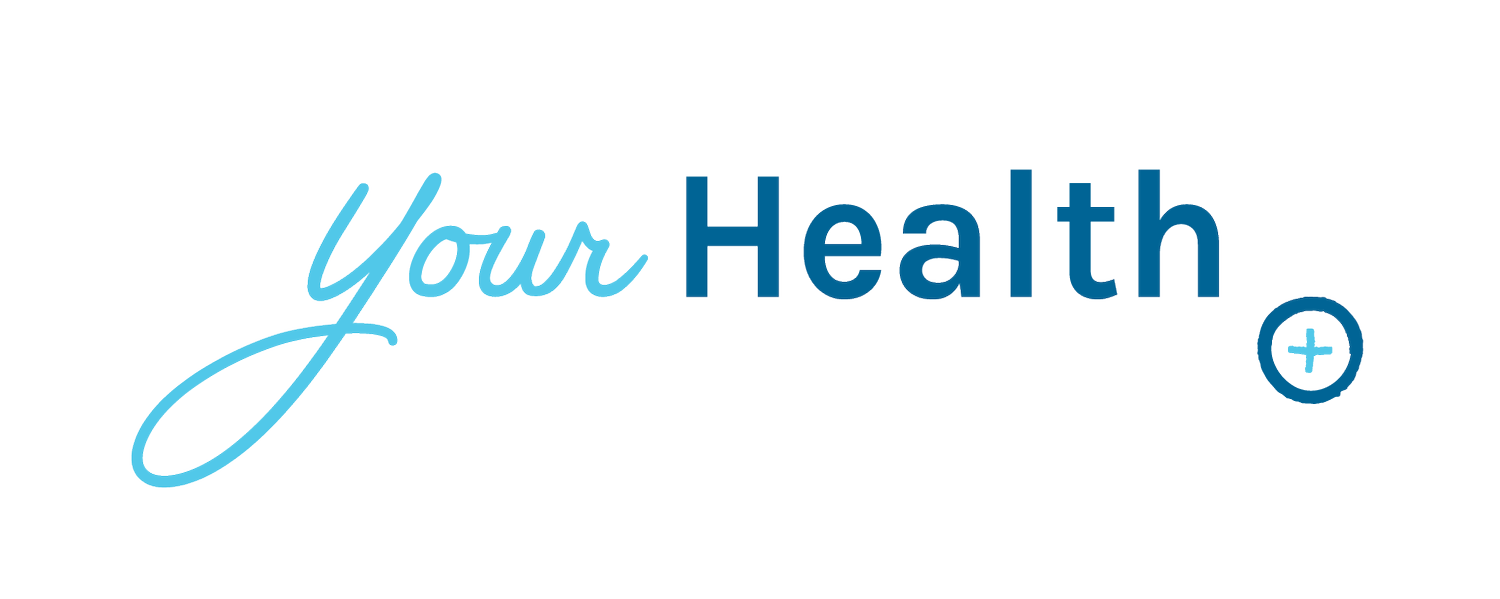The Importance of Documentation in Assisted Living
Solving Problems, Implementing Solutions, and Achieving Positive Results
Assisted living facilities are crucially responsible for their residents' comfort and well-being. Proper documentation addresses challenges, implements solutions, and achieves positive outcomes. This article explores the issues assisted living facilities face, the role of documentation in resolving problems, and the transformative results it can bring.
Assisted living facilities encounter several challenges that can adversely affect the quality of care provided to their residents. These challenges may include errors in medication management, communication problems among staff members, inadequate response to residents' needs, and failure to holistically consider residents' health and well-being.
Documentation is a powerful tool that can help address these challenges. A comprehensive documentation system should capture and record vital information concerning resident care, staff interactions, and facility operations. Digital platforms like Electronic Health Records (EHRs) provide a centralized repository for this data, making it easily accessible.
Medication Management:
Problem: Medication errors can jeopardize residents' health.
Solution: Use a digital medication management system that tracks prescriptions, administration times, and adverse reactions.
Result: Reduced medication errors, improved resident safety, and better-informed healthcare decisions.
Communication Breakdowns:
Problem: Inefficient communication among staff members can result in misunderstandings and jeopardize the quality of care provided to residents.
Solution: Implement a communication platform that enables real-time updates, task assignments, and notifications.
Result: Improved collaboration, quicker response times, and a more synchronized approach to resident care.
Holistic Resident Care:
Problem: When a comprehensive view of residents' health and well-being is not taken, it can lead to overlooked needs.
Solution: Implementing Electronic Health Records (EHRs) can help consolidate medical records, care plans, and daily observations.
Result: This can lead to improved individualized care, better-informed decision-making, and a more proactive approach to resident well-being.
Result:
Creating a solid documentation system not only helps deal with particular challenges but also significantly improves the quality of assisted living. By documenting and analyzing data, assisted living facilities can identify patterns, monitor progress, and consistently improve care practices.
Enhanced Efficiency:
Increased efficiency through streamlined processes and digital documentation enables staff to provide more direct resident care.
Improved Quality of Care:
Comprehensive documentation allows for a proactive, personalized approach to resident care that improves health outcomes and overall well-being.
Regulatory Compliance:
Clear documentation ensures compliance, reduces legal risk, and fosters transparency.
Conclusion:
Documentation in assisted living is more than just a paperwork requirement. It is a powerful tool that can help address challenges, implement solutions, and achieve positive outcomes. By adopting advanced technologies and robust documentation practices, assisted living facilities can provide residents with the highest standard of care. This can help staff carry out their responsibilities efficiently and confidently, leading to a better future for everyone involved.
Please review Section 700 of the SCDHEC 61-84 regulations, and provide insights or information related to it.
